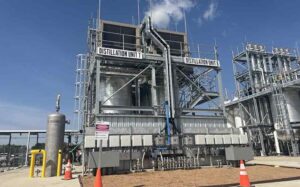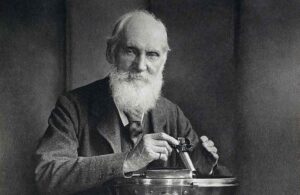Legionella DNA in 84% of US cooling towers
29th May 2017USA: With the rate of legionnaires’ disease in the US said to have risen nearly fourfold between 2000 and 2014, a new study has found legionella DNA in 84% of cooling towers tested.
The study by researchers from the Centers for Disease Control and Prevention (CDC) analysed water from 196 cooling towers across the US and found live legionella bacteria in 79 of them. Legionella DNA, indicating the bacteria were either present or had been there at some point, was found in 164.
Cooling towers were the source of a large outbreak in New York City’s South Bronx in 2015 in which 138 people were sickened and 16 died.
“Legionella DNA is ubiquitous in US cooling towers,” said Anna Llewellyn, a fellow at the pneumonia response and surveillance laboratory at the CDC, who called the findings “surprising.”
Experts said the study offers important insights at a time when legionnaires’ cases have risen. “It reinforces the fact that cooling towers probably do play an important role in legionella, and that trying to maintain them and test them and clean them will hopefully help prevent legionella in the future,” said Sharon Balter, medical epidemiologist and director of the food and water programme at the New York City Department of Health and Mental Hygiene.
However, Dr Llewellyn cautioned that just because a cooling tower has legionella doesn’t necessarily mean it is spreading disease. It isn’t known how much legionella makes a person sick.
Cooling towers were the source of the largest number of cases of legionnaires’ disease and the second largest source of exposure in a CDC analysis published in 2016 of 27 outbreaks that occurred between 2000 and 2014.
Legionella experts say there are many possible reasons for the recent rise in cases of the disease, from improved testing to ageing infrastructure. The CDC says 6,079 cases of legionellosis — legionnaire’s disease and a few cases of a related disease, Pontiac fever — were reported in 2015.
Maintenance of cooling tower to prevent legionella isn’t regulated in most of the US, although New York City now requires that building owners register cooling towers and maintain them regularly, with regular testing for the bacteria.
Related stories:
New York orders cooling tower treatment – 7 August 2015
USA: With the death toll in the New York legionnaires’ disease outbreak rising to 10, authorities have ordered all cooling towers within the city to be disinfected. Read more…








